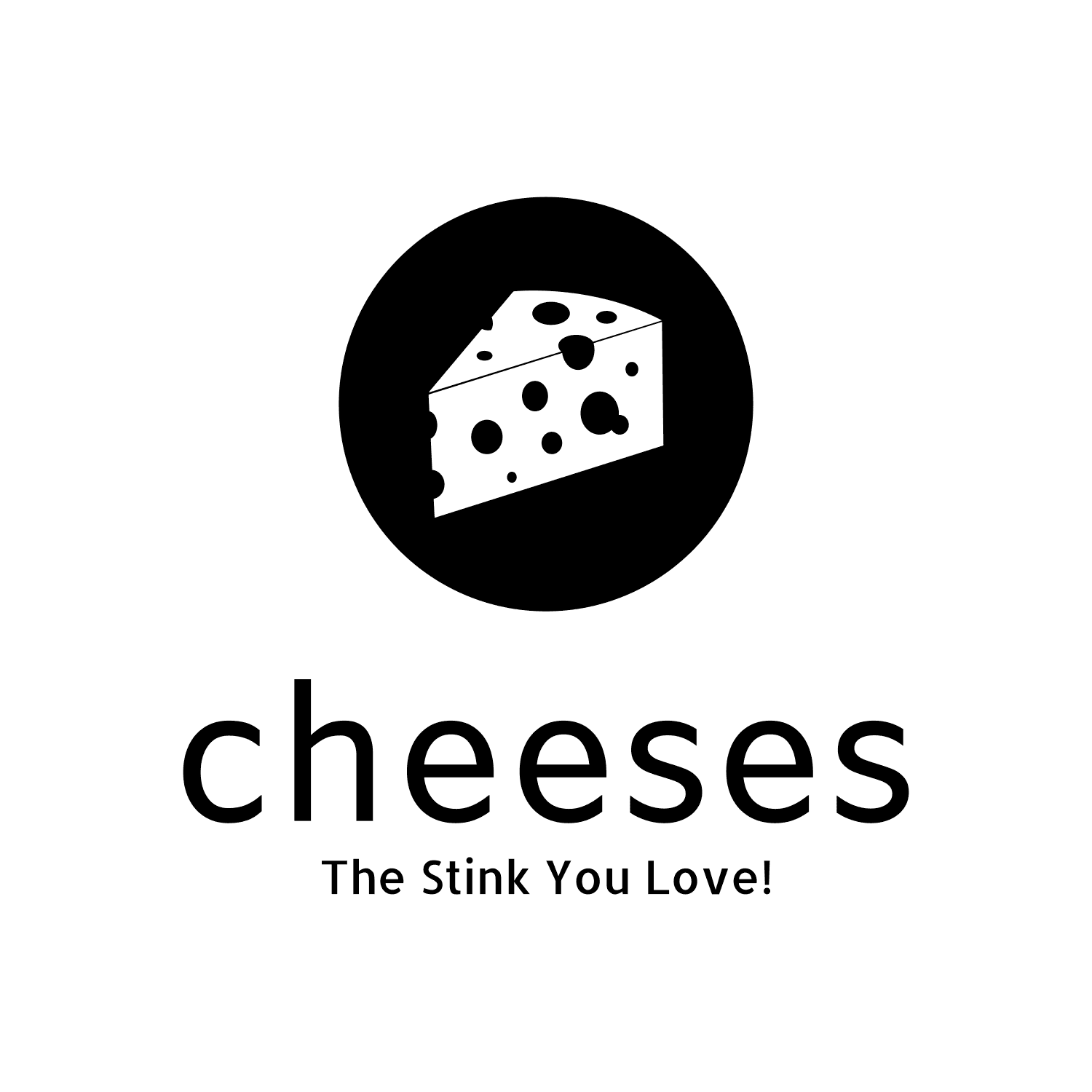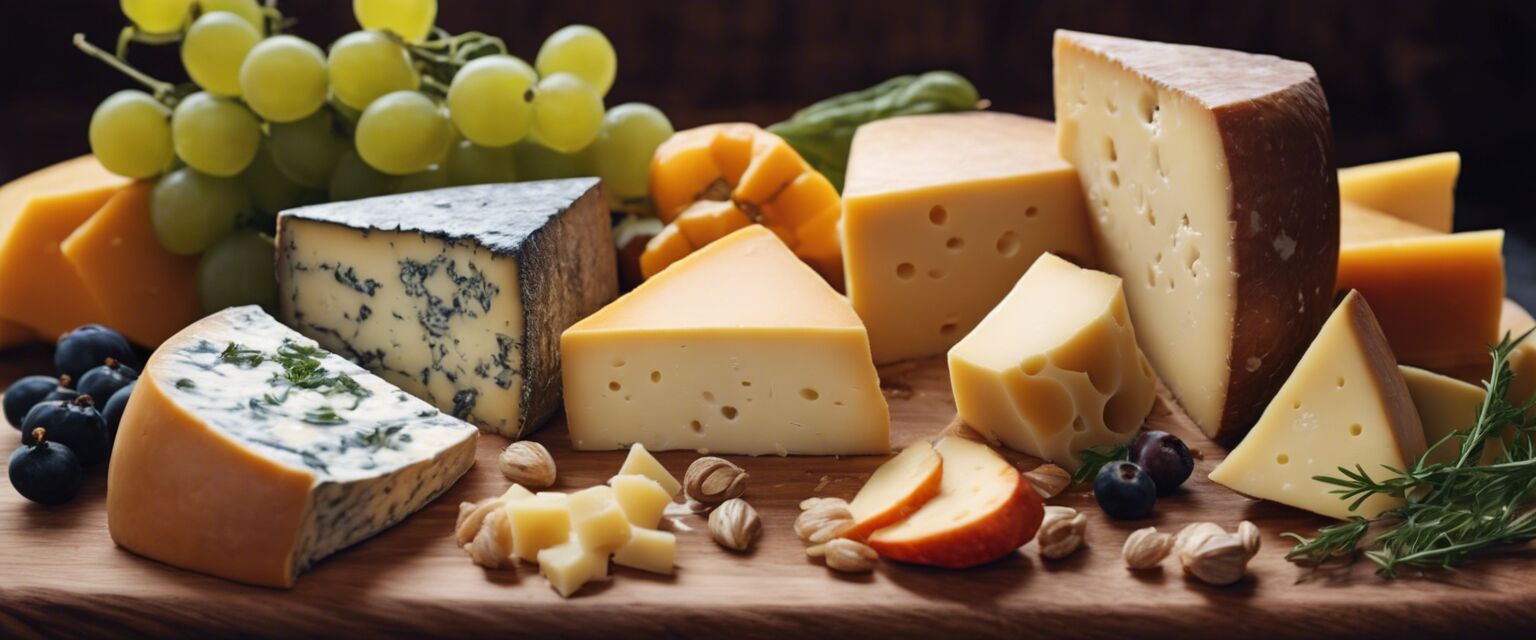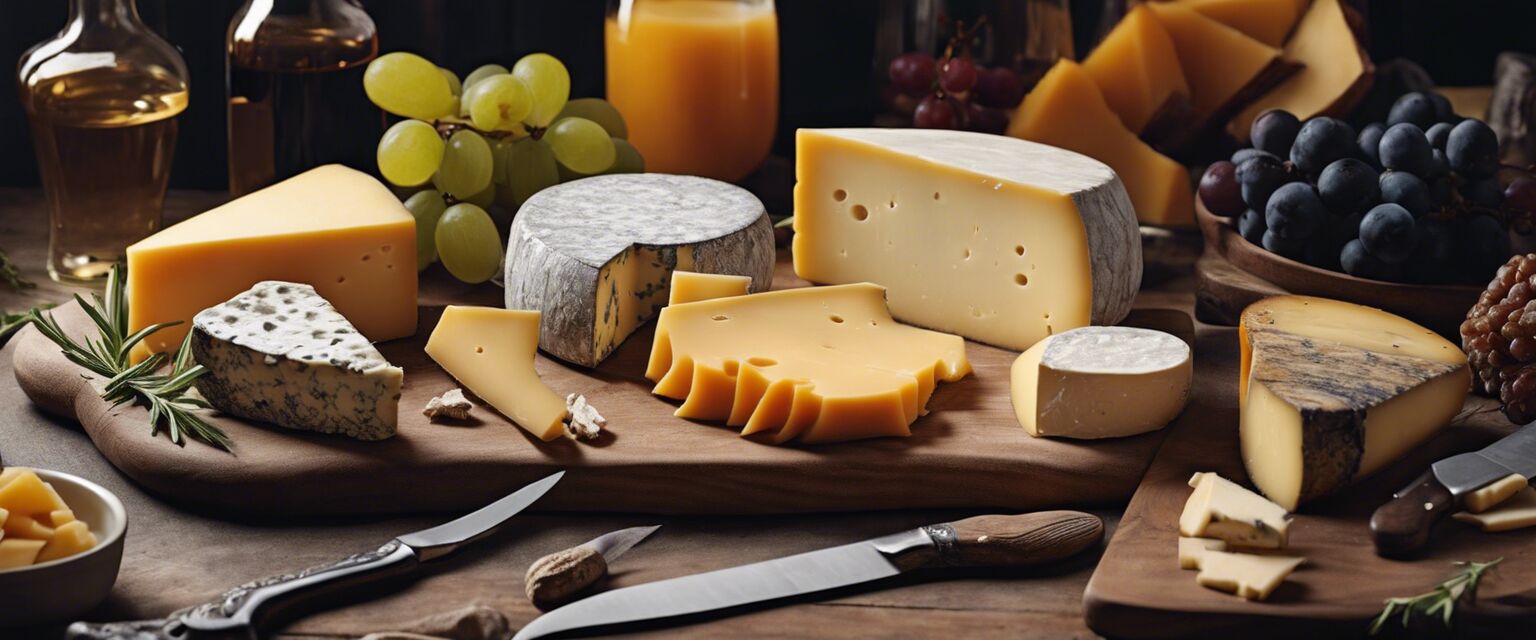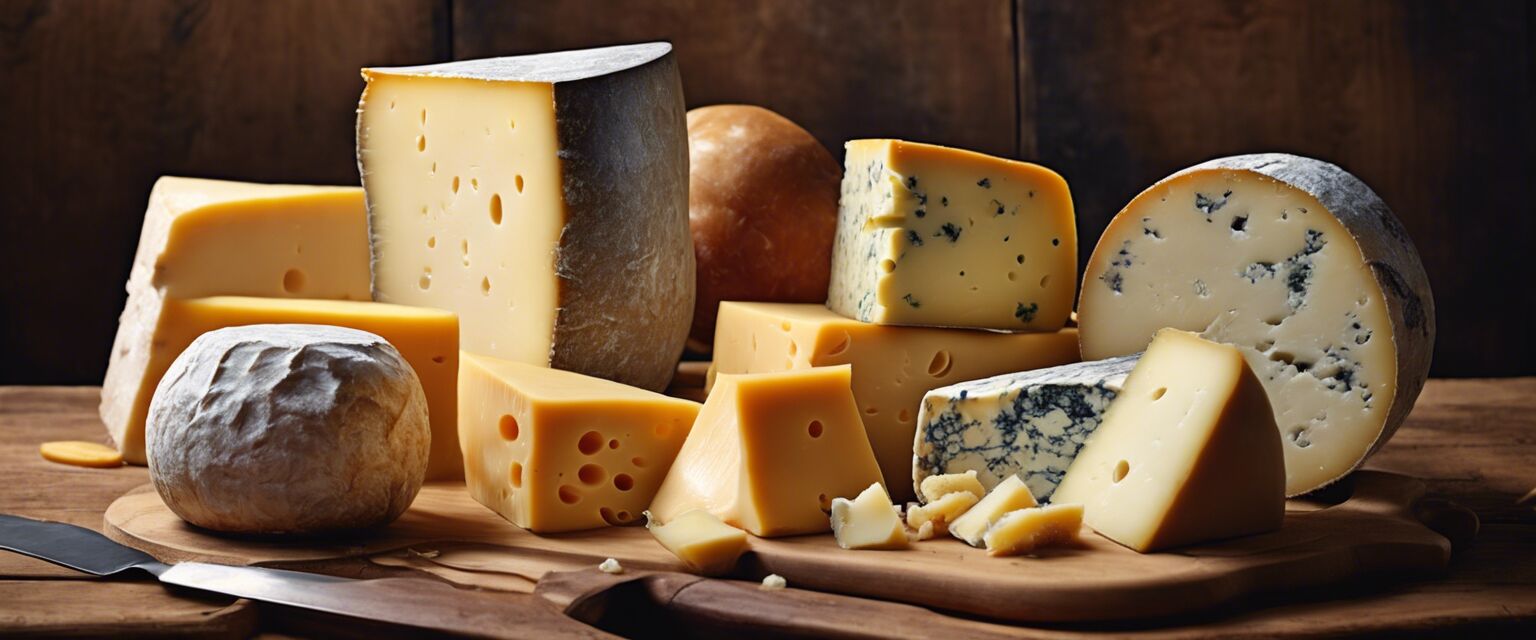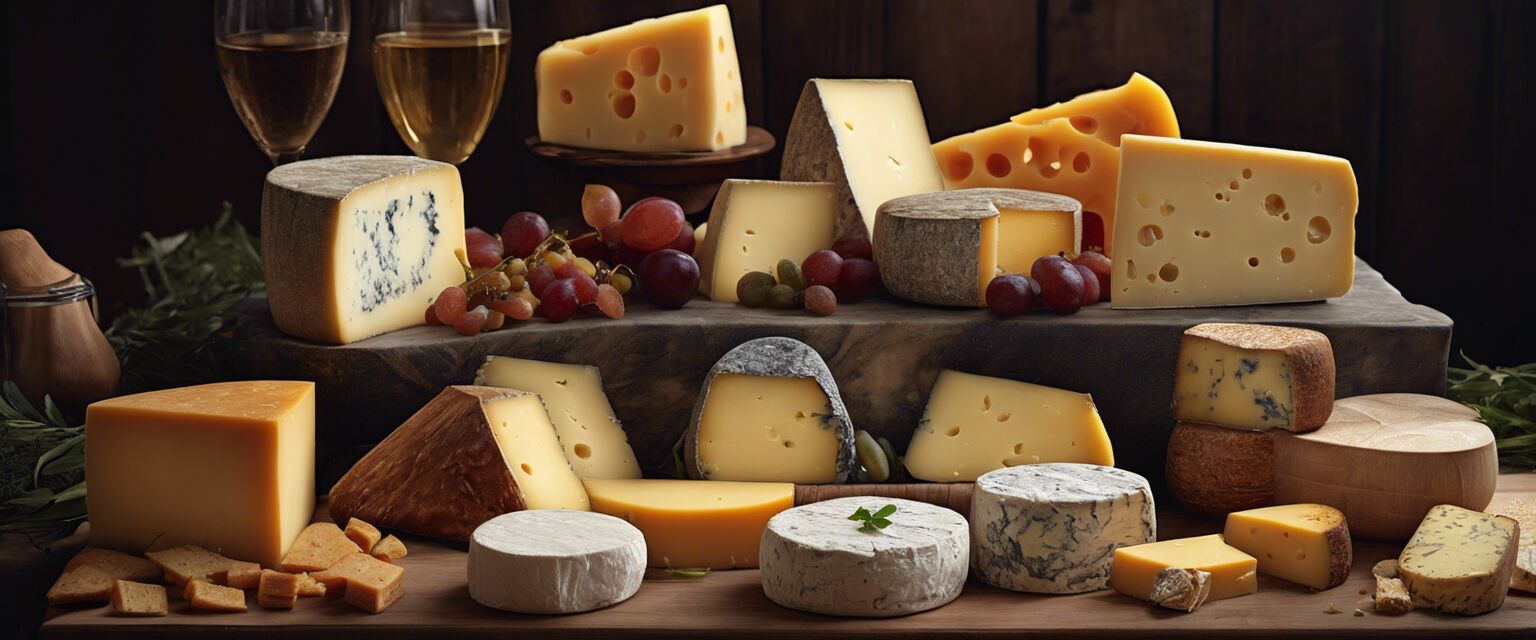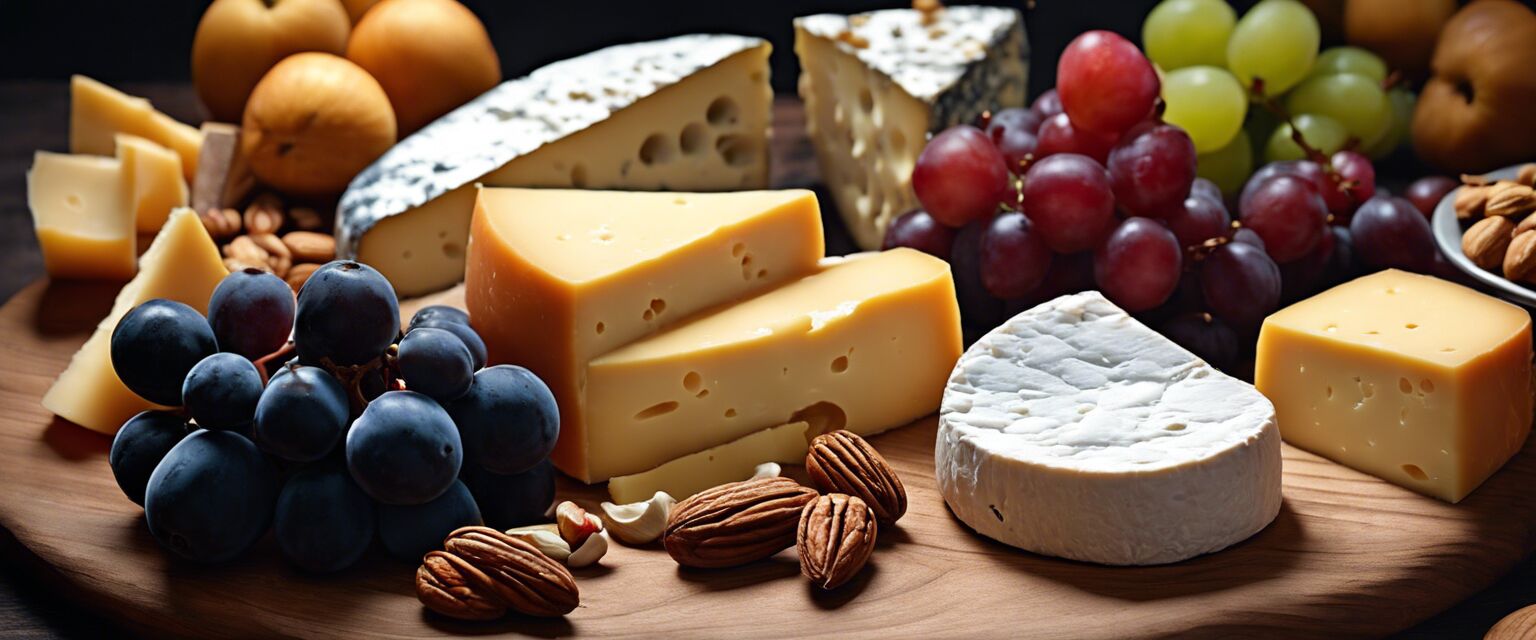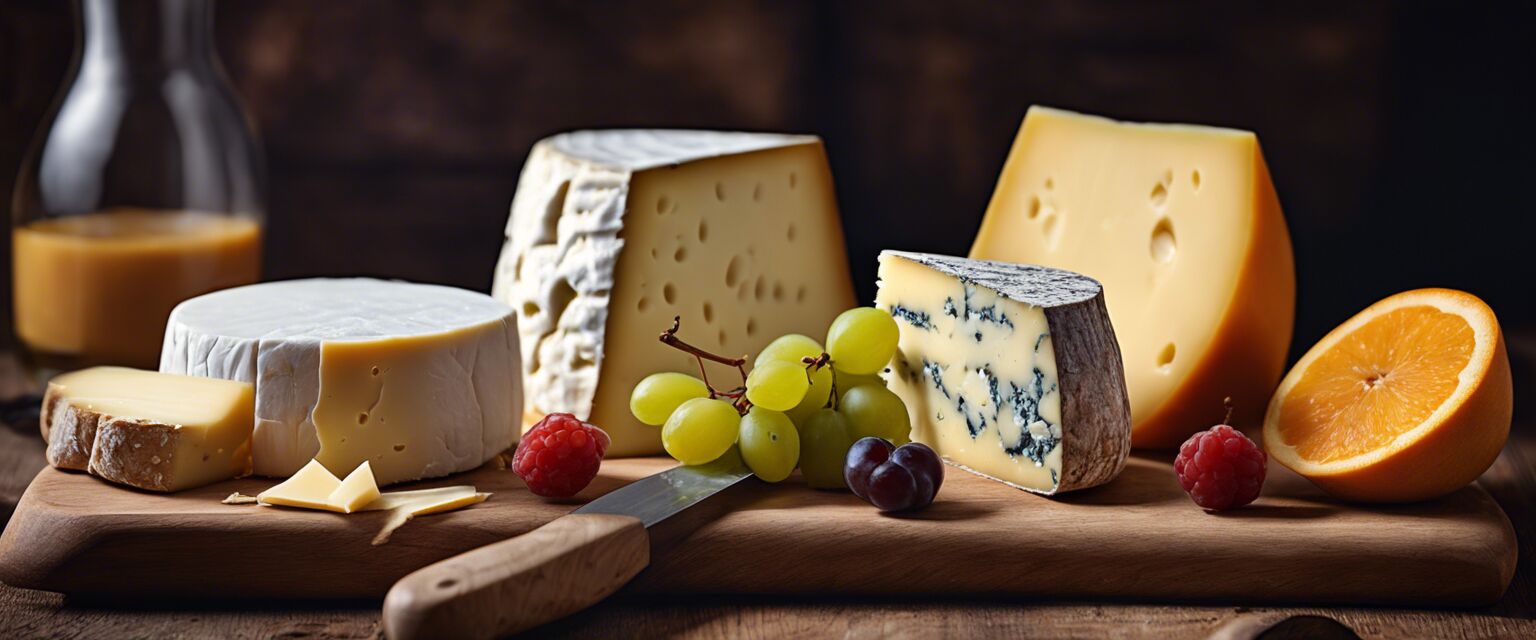
Cheese Tasting
Key Takeaways
- Gather a variety of cheeses to create a well-balanced tasting experience.
- Pair cheeses with the right accompaniments to enhance flavors.
- Use a systematic approach for tasting to identify and appreciate different profiles.
- Consider the ambiance and presentation for an enjoyable experience.
Cheese tasting is an art that lets you explore a world of flavors, textures, and aromas. Whether itâs a casual gathering or a formal event, organizing a cheese tasting can be a delightful experience for both hosts and guests. This guide provides tips and techniques to elevate your cheese-tasting gatherings to the next level.
Types of Cheese for Tasting
When planning a cheese tasting, variety is key. Hereâs a list of common types of cheese you might consider:
| Type of Cheese | Description |
|---|---|
| Soft Cheese | Creamy and spreadable, often with a delicate flavor. |
| Hard Cheese | Firm texture with robust flavors, usually aged. |
| Blue Cheese | Characterized by blue veins and a strong taste. |
| Fresh Cheese | Young cheeses with high moisture content. |
| Goat Cheese | Sabred cheese with tangy, earthy flavors. |
Choosing the Right Cheese
Consider selecting cheeses from different categories to offer a complete tasting experience. Here are some tips for selecting the right selection:
- Mix textures: Combine soft, hard, and crumbly cheeses.
- Include various milk types: Cow, goat, and sheep's milk cheeses could be interesting.
- Feature cheese from different regions or countries for diversity.
Creating Accompaniments for Cheese Tasting
The right accompaniments can enhance the flavors of your cheese. Here are essential pairings:
| Cheese Type | Best Accompaniments |
|---|---|
| Brie | Crackers, figs, and honey. |
| Cheddar | Apples, almonds, and dark chocolate. |
| Gorgonzola | Pear slices and walnuts. |
| Goat Cheese | Beets, balsamic reductions, and crusty bread. |
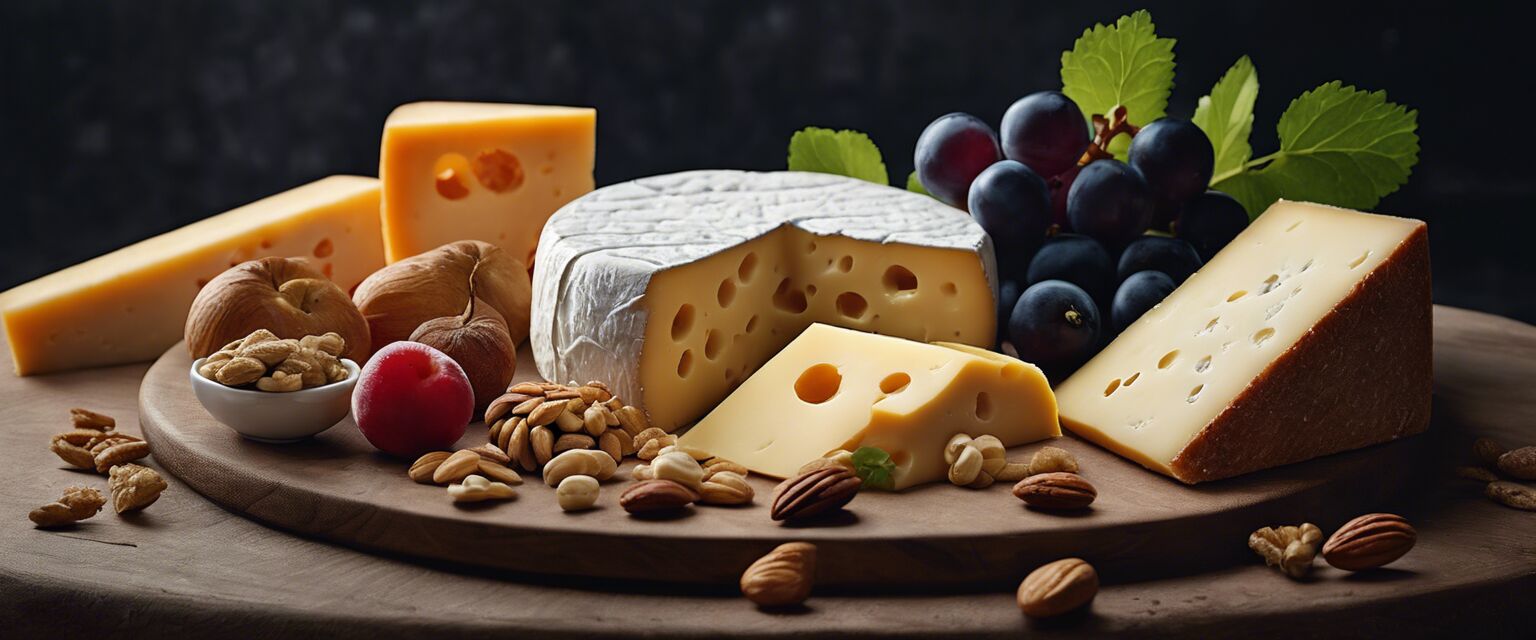
Setting Up Your Cheese Tasting
A well-organized setup can make a big difference. Here are steps to create an inviting atmosphere:
Tips for Setting Up
- Use a large cheese board to present the selection.
- Label each cheese with its name and origin.
- Arrange cheeses from mild to strong flavors.
- Include utensils for each cheese to avoid mixing flavors.
Techniques for Tasting Cheese
To fully appreciate each cheese, employ these techniques:
- Look: Observe the color and texture.
- Smell: Inhale the aroma to understand its scent profile.
- Taste: Take a small bite, allowing it to melt in your mouth for full flavor exposure.
- Pair: Try different accompaniments with the cheese to explore its versatility.

Common Mistakes to Avoid
Here are some pitfalls to avoid during your cheese-tasting experience:
- Overloading the cheese platterâfocus on quality over quantity.
- Neglecting to include accompaniments.
- Serving cheese at the wrong temperature; cheese tastes best at room temperature.
- Forgetting to provide tasting notes for guests.
Enjoying the Experience
Cultivate a relaxed and enjoyable atmosphere during the tasting. Encourage discussions about favorite cheeses, personal preferences, and taste experiences. Remember, cheese tasting is as much about experience as it is about flavor.
Making it Social
You might want to consider these ideas to make your cheese-tasting event more engaging:
- Host a cheese pairing contest among guests.
- Ask guests to vote for their favorite cheese at the end.
- Combine your cheese tasting with a themed wine tasting for a more extensive experience.
Incorporating Cheese Gifts
Cheese gift sets can also make excellent additions to your tasting gatherings. Explore our selection of cheese gift sets to find unique offerings that complement your tasting experience.
Pros
- Encourages social interaction and bonding.
- Offers a delightful exploration of flavors.
- Can be easily tailored to suit various preferences.
- Creates an elegant, memorable event.
Cons
- Can require substantial planning and knowledge.
- Cost can add up with high-quality cheeses.
- Some guests might have dietary restrictions.
- Storage and presentation of the cheese need consideration.
Conclusion
With a little preparation and creativity, cheese tasting can be a delightful and rewarding experience. By understanding the various types of cheese, creating thoughtful pairings, and engaging your guests in the right atmosphere, every tasting can be an opportunity for discovery. Start planning your cheese-tasting adventure today!
